Climate change hits indigenous persons with disabilities harder
Disability issues
30 Jun 2022
A minority within the minority. This makes indigenous persons with disabilities especially vulnerable when it comes to climate change. That was the message of the Nordic side event at the UN Conference on the Convention on the Rights of Persons with Disabilities (CRPD) in New York.
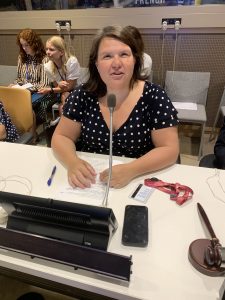
The side event Indigenous persons with disabilities was arranged by The Norwegian Directorate for Children, Youth, and Family Affairs as part of the Norwegian presidency of the Nordic Council of Ministers.
Norwegian State Secretary to the Ministry of Culture and Equality, Gry Haugsbakken, opened the event by stressing the fact that indigenous people suffer disproportionately from environmental degradation and loss of biological diversity.
– A recent report documents that a person’s disabilities sometimes are used as an explanation AND excuse for violating the person’s indigenous rights. A specific challenge is lack of knowledge and respect for indigenous person’s spiritual connection to land and nature, said Gry Haugsbakken.
Minorities within minorities
All the Nordic countries have ratified the Convention on the Rights of Persons with Disabilities (CRPD) and voted in favor of the Declaration on the Rights of Indigenous Peoples. The challenge lies in the implementation.
– All too often, indigenous cultural rights are forgotten for groups that have special needs, as they are minorities within the minorities, said Runar Myrnes Balto, Council member in the Sami Parliament in Norway, responsible for the health, equality, and visibility issues.
Listen to the people affected
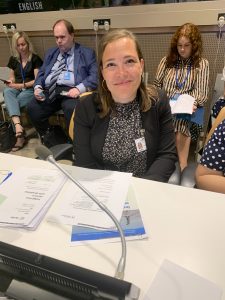
The Danish Minister for Social Affairs and Senior Citizens, Astrid Krag, talked about the need to listen to the affected groups.
– Persons with disabilities are the experts of their own lives, and their insights and experiences regarding disability issues are crucial to the effective development and implementation of policies that benefit persons with disabilities, said Astrid Krag.
“The largest minority on earth”
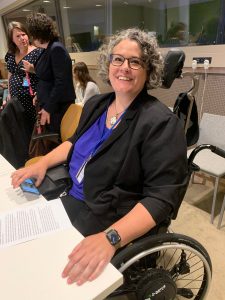
Sif Holst, vice‑chair of Disabled People’s Organisations in Denmark, and a member of the Council of Nordic Cooperation on Disability, highlighted the fact that persons with disabilities often are grouped together by society.
– People with disability make up a billion of the world’s population, making us the largest minority on earth. We come in every colour, every type of disability, every type of educational background, every kind of social background, said Sif Holst.
She pointed out that we need an intersectional perspective that takes these differences into account.
– We forget that all our differences make us different people. Instead, we often keep making housing, education, employment support, transportation, or social services to fit the stereotypes, said Sif Holst.
Services tailored for the majority
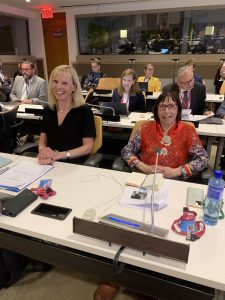
Professor Line Melbøe and Professor Gunn‑Tove Minde from the Arctic University of Norway have long researched the conditions in northern Norway, and found that Sami people with disability lack in equality in several areas: when it comes to education, health, work and democratic participation.
– What we find is that there are many structural barriers in Norwegian society. For example, welfare services offer standardized services tailored to the needs of the majority. This means that everybody is treated just the same, regardless of their cultural background, said professor Line Melbøe.
Cultural sensitivity and language
One size does not fit all. Instead, it imposes the majority view on everybody, often excluding those who don’t fit the norm.
Cultural sensitivity and language are important to correctly assess the individuals need for services, diagnosis, rehabilitation, and care.
– You can also see this when they’re testing for Asperger, autism, and other disabilities. The testings are not fit for the Sami, said Gunn-Tove Minde.
Trauma impacts the mental health
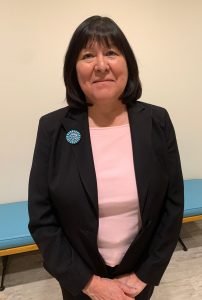
The event raised the gaze above the Nordic level by inviting Holly Echo‑Hawk, a member of the Pawnee Nation of Oklahoma, and a Master of Science in Organizational Behavior.
– Native people around the world, who have experienced trauma and social injustice, are differently abled. Generational trauma has interrupted normal healthy family functioning, said Holly Echo‑Hawk.
She has over 30 years of experience working with tribal behavioral health, and she has seen that discrimination and generational trauma creates self-doubt and emotional imbalance.
– Indigenous people are brilliant. Period. They’re brilliant. They’re born brilliant, said Holly Echo‑Hawk to counter that self-doubt.
A vulnerable connection with nature
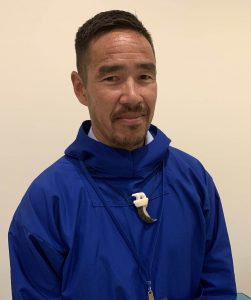
As the climate is changing and natural values destroyed so is the cultural premises for indigenous groups.
– Nature is a tool for us to teach the children and youth at our institution about their culture, and to make sure that they are in focus, said Niels Tuutu Berthelsen, principal at the Gertrud Rask Minde, Sisimiut, Greenland, who held his presentation in Greenlandic.
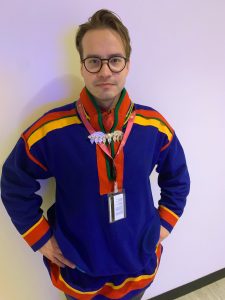
The connection with nature is not only lifted as a cultural richness, or a spiritual bond, it is also a fact that makes these groups even more vulnerable.
– We are facing degradation of pastures, invasive species moving further in our traditional lands, but we are also dealing with the threat of increasing mining activities, deforestation, and plans for large wind farm plantations, said Janne Hirvasvuopio, a member of the Social and Health Committee in the Sami Parliament in Finland.
Related news
Disability issues
25 Apr 2024
Personer med funktionsnedsättning drabbas hårt av ekonomiska nedskärningar
Disability issues
9 Nov 2023
New technology makes the labour market more inclusive, but several big challenges lay ahead
Disability issues
27 Oct 2023

